Border Plants
"A well-planted border is what turns a garden from ordinary to outstanding. Whether you're after waves of seasonal colour, year-round structure, or a haven for pollinators, the right plants will bring it all together beautifully. I’ve carefully selected this range to help you create a garden that feels full, balanced, and bursting with life - whatever the size or season. With the right choices, your borders can be a showstopper from spring through to winter."
Peter McDermott, Head Gardener
OFF
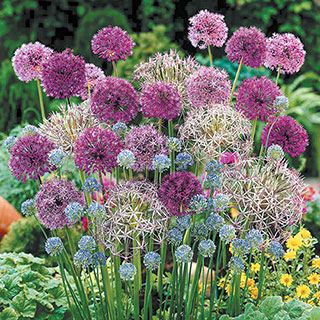
OFF


OFF

OFF

OFF
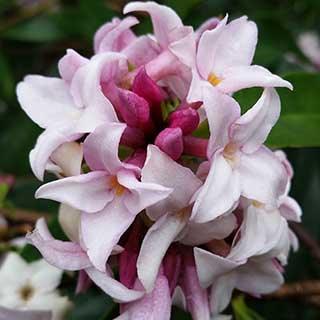

OFF
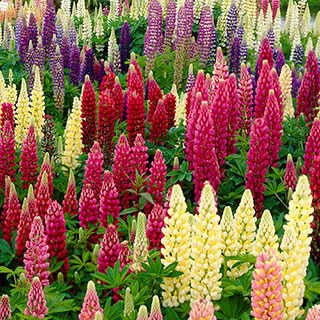
OFF
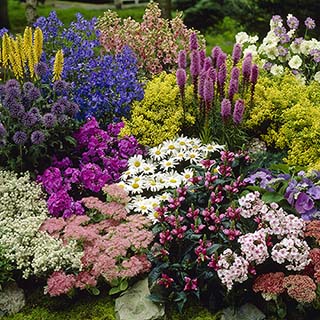
OFF

OFF
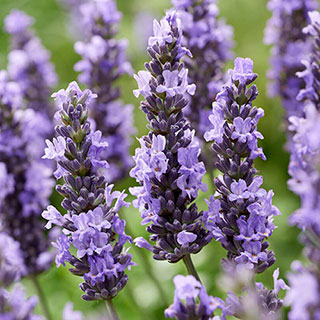
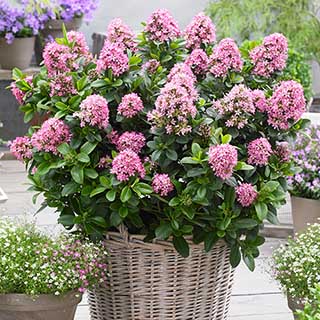
OFF


OFF
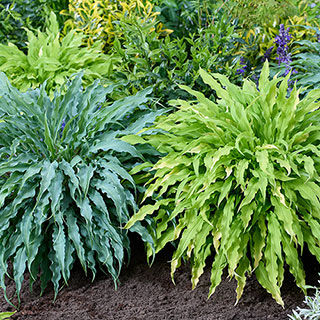

OFF
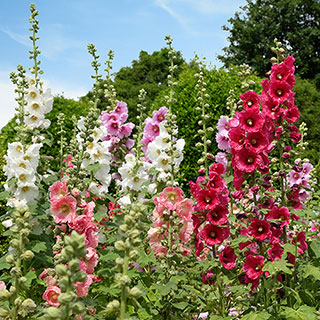
OFF


OFF
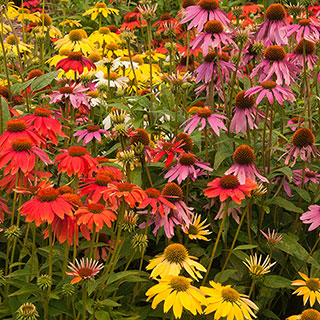



OFF
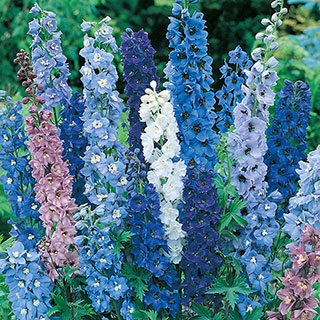

OFF

OFF

OFF
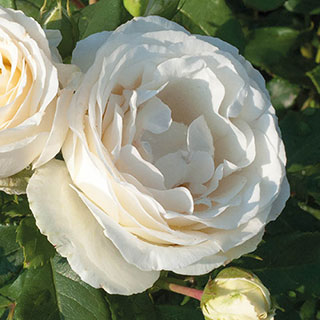
OFF

OFF
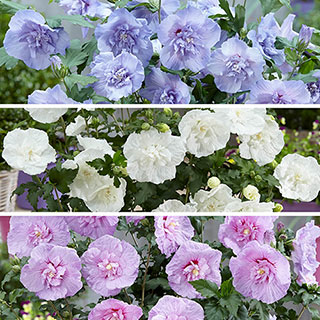




OFF
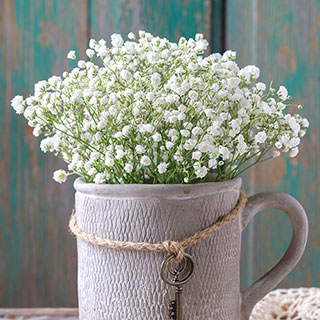
OFF


OFF
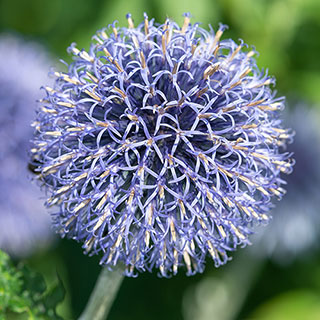

OFF
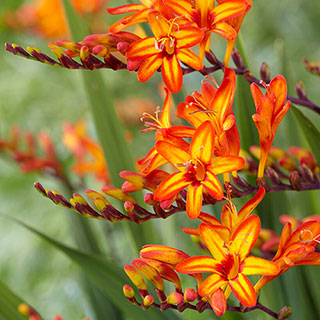
OFF


OFF

OFF
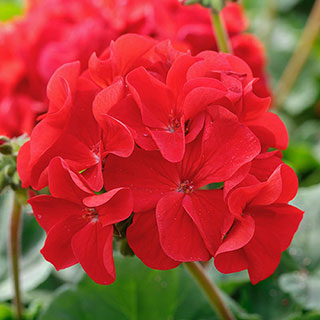
OFF
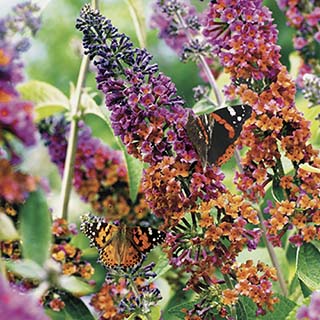
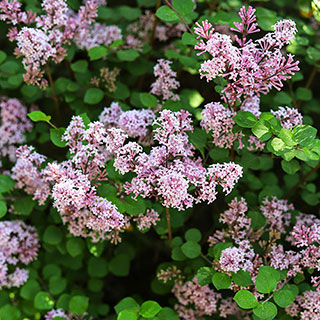
OFF
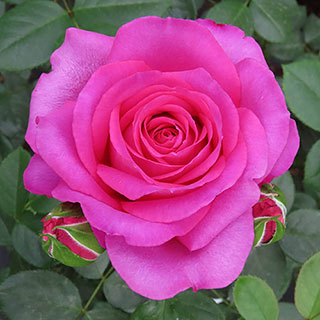
OFF


OFF
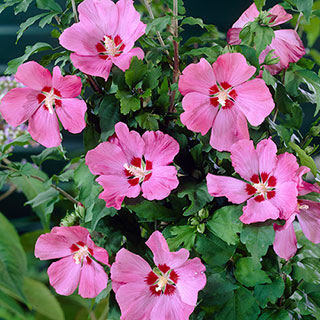
OFF
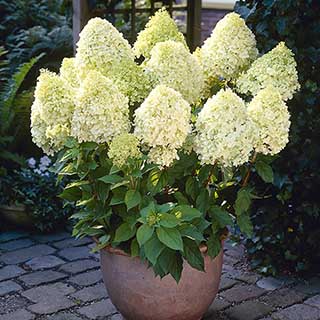
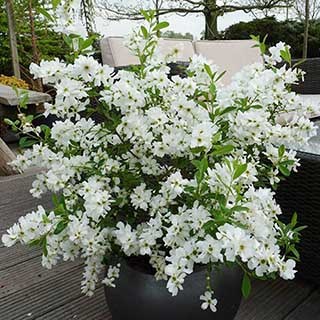
OFF
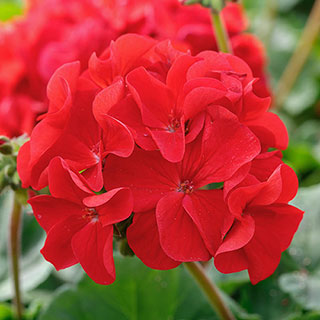

OFF
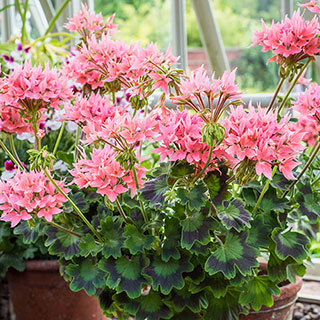

OFF
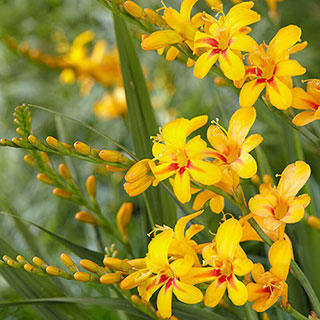
OFF

OFF
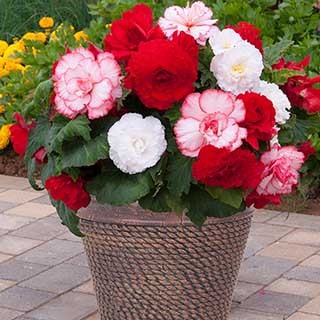
OFF
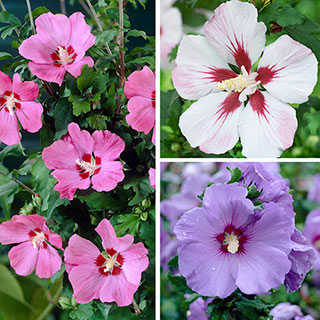
OFF
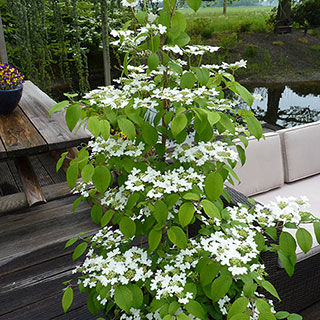
OFF

OFF
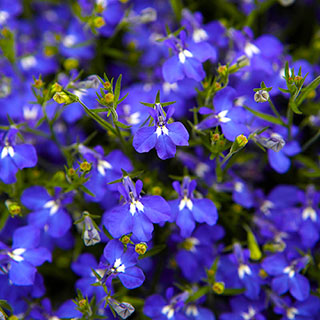
OFF
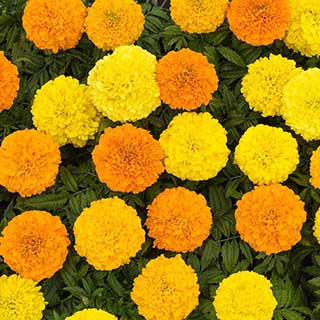
OFF

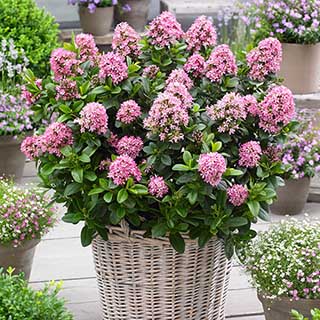
OFF
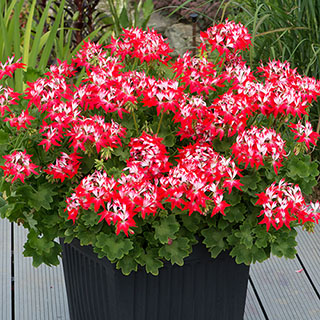

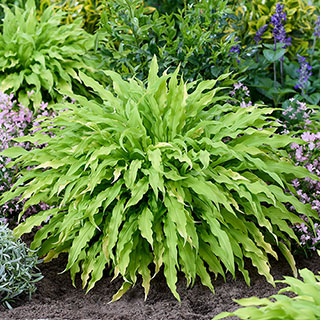

OFF
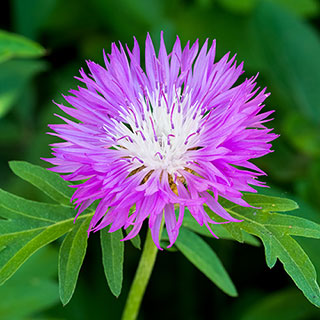

OFF

OFF

OFF
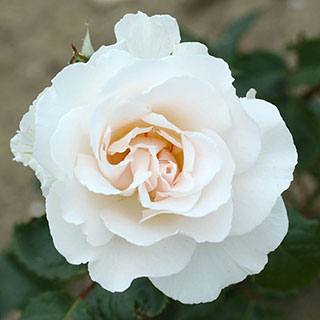
OFF

OFF

OFF

OFF
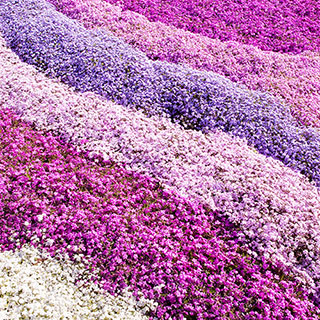
OFF
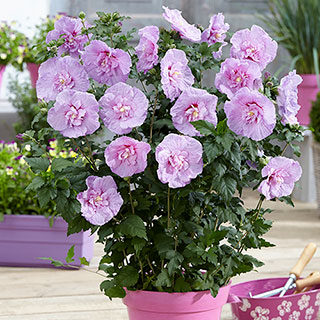

OFF
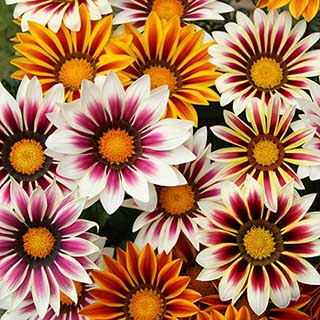
OFF
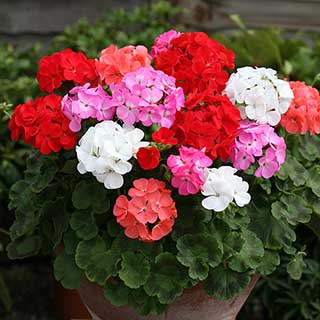
OFF

OFF
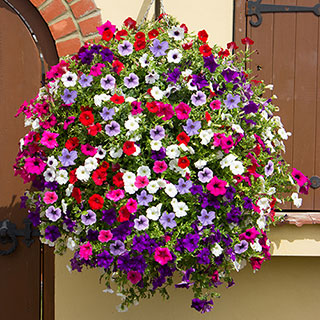
OFF
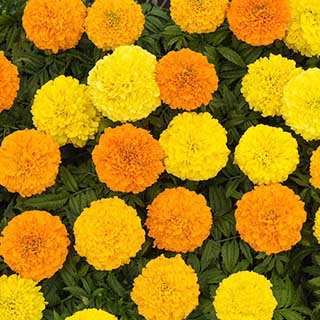

OFF


OFF
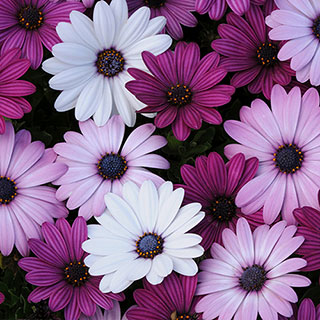
OFF
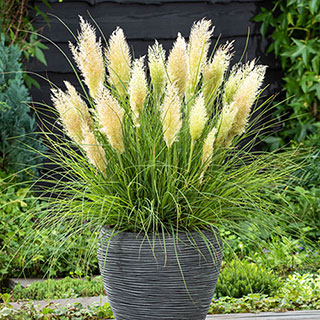

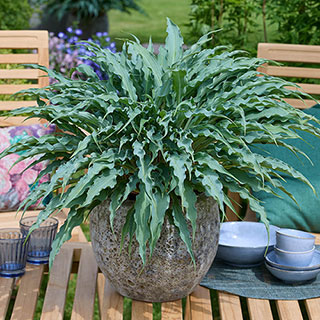
OFF
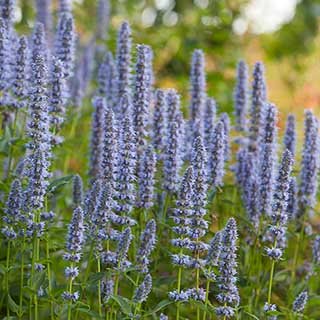
OFF
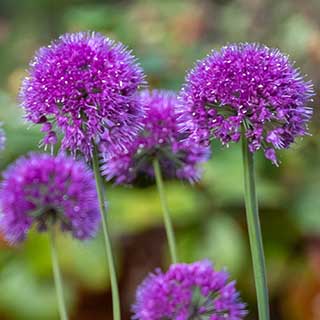
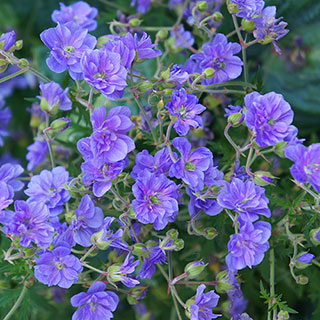
OFF

OFF
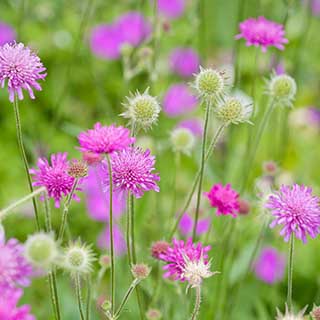
OFF
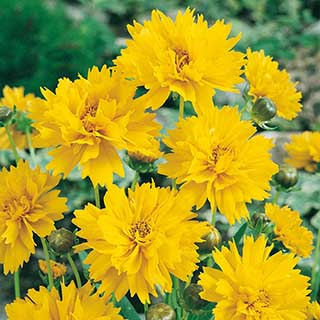
OFF
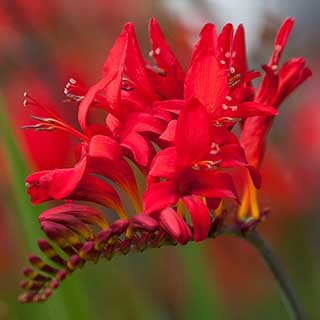
OFF
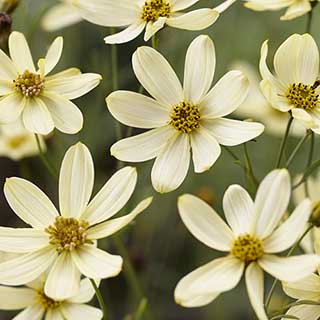
OFF
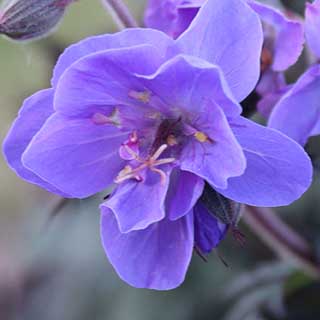
"A well-planted border is what turns a garden from ordinary to outstanding. Whether you're after waves of seasonal colour, year-round structure, or a haven for pollinators, the right plants will bring it all together beautifully. I’ve carefully selected this range to help you create a garden that feels full, balanced, and bursting with life - whatever the size or season. With the right choices, your borders can be a showstopper from spring through to winter."
Peter McDermott, Head Gardener
Creating a well-designed border can transform your garden into a stunning display of colours, textures, and seasonal interest. Whether you're a seasoned gardener or just starting out, knowing how to plant a border can help you create a beautiful and cohesive landscape. In this article, we will explore the essential steps to plant a border and suggest some popular plants to consider for your own border.
Plan and Prepare:
Before you start planting, take time to plan and prepare your border. Consider the following factors:
Location: Assess the sunlight exposure, soil conditions, and drainage in the area where you plan to create your border. Different plants have varying sunlight and soil requirements, so understanding these factors will help you choose suitable plants.
Size and Shape: Determine the size and shape of your border. Think about how it will fit within your overall garden design and the available space. Borders can range from narrow strips along a fence to wider, island-like beds in the middle of the garden.
Style and Theme: Decide on the style or theme you want to achieve. Do you prefer a cottage garden with a relaxed, informal feel, or a formal border with clean lines and structured planting? Consider your personal preferences and the existing style of your garden.
Select Plants for Your Border:
When choosing plants for your border, consider their height, bloom time, foliage color, and overall aesthetic. Here are some popular plants that work well in borders:
Perennials: Perennials are plants that come back year after year. Consider including favorites like lavender, salvia, coneflower, daylilies, and ornamental grasses. These plants provide structure, color, and interest throughout the seasons.
Annuals: Annuals are plants that complete their life cycle in one season. They are perfect for adding vibrant color and filling gaps in your border. Popular annuals include petunias, marigolds, zinnias, and cosmos.
Shrubs: Incorporating shrubs in your border adds structure and creates a backdrop for other plants. Choose shrubs such as hydrangeas, roses, lilacs, or butterfly bush for their beautiful blooms and foliage.
Bulbs: Bulbs can provide early spring color and interest. Plant tulips, daffodils, crocuses, or alliums in your border for a burst of color and texture.
Planting Technique:
When it's time to plant your border, follow these steps:
Prepare the Soil: Remove any weeds, rocks, or debris from the planting area. Loosen the soil with a garden fork or tiller, and amend it with organic matter like compost to improve drainage and fertility.
Arrange and Space Plants: Place your chosen plants in the desired arrangement, considering their height, growth habits, and spacing requirements. Taller plants should be positioned towards the back, and shorter plants towards the front.
Dig Planting Holes: Dig holes slightly larger and deeper than the plant's root ball. Gently loosen the roots before placing the plant in the hole or plant pot, ensuring it sits at the same depth as it was in the container. Backfill with soil and firm it gently around the roots.
Water and Mulch: After planting, thoroughly water the newly installed plants. Apply a layer of mulch around the plants to help conserve moisture, suppress weeds, and maintain a more consistent soil temperature.
Maintenance:
To ensure your border thrives, regular maintenance is essential:
Watering: Provide adequate water to your plants, especially during dry periods. Monitor the soil moisture and adjust watering accordingly. Avoid overwatering, as it can lead to root rot or other problems.
Pruning and Deadheading: Prune back any dead or damaged foliage or spent flowers. Deadheading, or removing faded blooms, encourages more flowering and helps maintain the overall appearance of the border.
Fertilizing: Apply a slow-release fertilizer or organic compost to nourish your plants. Follow the instructions on the fertilizer package and apply it during the recommended times.
Weed Control: Regularly weed your border to prevent competition for nutrients and space. Mulching helps suppress weeds, but occasional hand weeding may still be necessary.

